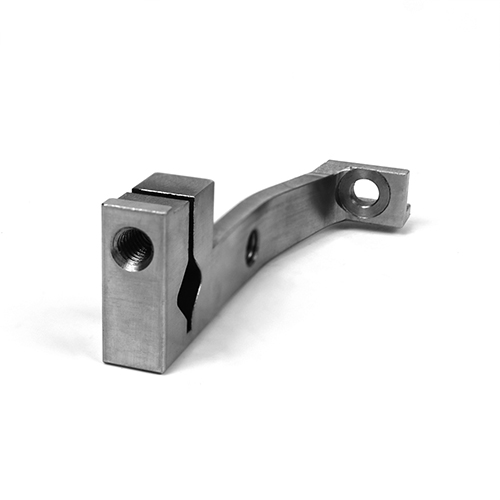The demand for greater complexity, tighter tolerances, and faster lead times has placed 5-axis CNC machining at the forefront of advanced manufacturing. As industries push the boundaries of design and performance, 5-axis CNC technology is quickly becoming a key driver of innovation in aerospace, automotive, medical, and precision engineering sectors.
From Niche Tool to Industry Standard
Once considered a specialized solution for high-end aerospace parts, 5-axis CNC machining is now a mainstream necessity for manufacturers tackling complex geometries and multi-surface components. With the ability to move a cutting tool or workpiece along five different axes simultaneously, 5-axis CNC machines drastically reduce setup time, eliminate repositioning errors, and deliver superior accuracy in a single operation.
Precision Meets Efficiency
The core advantage of 5-axis CNC lies in its flexibility. Traditional 3-axis machines require multiple setups to machine different faces of a part. In contrast, a 5-axis machine can access virtually any surface in one go, reducing production time and improving part consistency.
Thanks to simultaneous motion along X, Y, Z, and two rotational axes (commonly A and B or C), these machines excel at crafting intricate parts with tight tolerances—essential in industries where every micron counts.
“Whether it’s a titanium implant, a turbine blade, or a lightweight EV component, 5-axis machining gives us the precision and control needed to hit the mark every time,”
Advanced Applications
5-axis CNC machining is increasingly used in:
● Aerospace: Complex structural parts, engine components, and aerodynamic surfaces
● Medical Devices: Custom surgical tools, implants, and prosthetics
● Automotive & EVs: Precision housings, suspension parts, and high-performance prototypes
● Tool & Die: Multi-sided molds and intricate cavities
● Energy & Marine: High-durability components for harsh environments
Even creative sectors such as architecture and art are leveraging 5-axis capabilities for sculptural and functional elements made from wood, stone, or composites.
Technology and Integration
Modern 5-axis CNC machines are supported by powerful CAD/CAM software, real-time monitoring, and advanced toolpath optimization. Many are integrated into smart manufacturing systems, offering predictive maintenance, automatic tool changers, and adaptive machining features to handle complex materials like Inconel, titanium, or carbon fiber.
Challenges and Investment
While the benefits of 5-axis CNC machining are clear, it comes with a higher entry cost compared to traditional systems. The machines themselves are more expensive, and skilled operators and programmers are essential to unlock their full potential.
However, many manufacturers report strong ROI due to reduced waste, faster throughput, and increased production flexibility.
“Once you factor in fewer setups, less scrap, and higher-quality output, 5-axis machining pays for itself,”
The Road Ahead
As manufacturers embrace Industry 4.0 principles, 5-axis CNC machining is expected to play a central role in agile, high-mix, low-volume production environments. The integration of automation, AI, and real-time data will further streamline operations, opening new possibilities in rapid prototyping and mass customization.
Post time: May-19-2025





